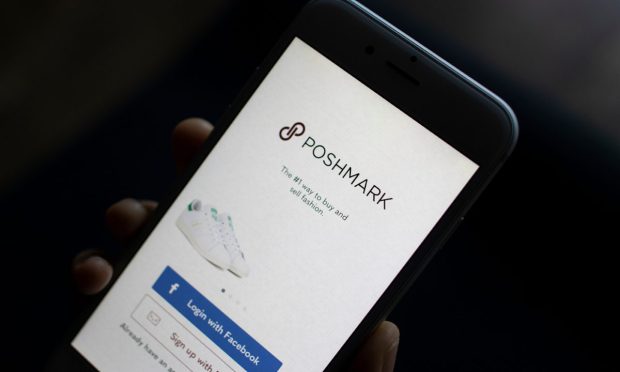Poshmark Sales Hurt by Apple Privacy Changes

Resale marketplace Poshmark reported lower-than-expected sales in the third quarter as the company grapples with the impact of Apple’s privacy changes in its iOS system, the latest digital firm to note a setback because of the update.
Manish Chandra, founder and CEO of Poshmark, said the company has been forced to increase its marketing spend to make up for the “greater than expected headwinds” caused by Apple’s Identifier for Advertisers (IDFA), which allows for the tracking and identifying a user while obfuscating personal information, allowing access to aggregated data.
“It has really increased the cost of digital advertising and decreased the efficacy when running targeted marketing programs,” Chandra said. “So for us, being a data-driven organization, we spent June and July really measuring the ROI and figuring out the right level of spend.”
Still, the cost per new user was “definitely most impacted” by the privacy changes, he said, and marketing spend was nearly 45% of revenue in the third quarter.
Related news: Social Media Firms May See $10B Loss in Sales From Apple Changes
The company tried to allay analyst concerns, noting that this is a short-term setback and focusing on Poshmark’s “asset-light” model, through which items are shipped directly from sellers rather than being sorted and distributed centrally.
“Our marketplace is highly adaptable and incredibly responsive to buyers’ changing demands, and we are not impacted by supply chain disruptions,” Chandra said. He added that with holiday celebrations potentially set to return to some semblance of normalcy this year, executives are hoping to see increased demand for apparel and accessories as well as more “self-gifting” and gift-giving purchases.
Earlier this week, rival resale marketplaces thredUP and The RealReal told analysts and investors that they have also largely been insulated from the supply chain issues plaguing many other retailers. Unlike Poshmark, thredUP and The RealReal centrally distribute their merchandise, and their marketplaces are less focused on the social aspect of resale.
Read more: Resale Marketplaces See ‘Compelling Opportunity’ as Others Struggle With Supply Chain
In the third quarter, Poshmark recorded $79.7 million in net revenue, a 16% increase year over year, but below analysts’ expectations of nearly $83 million. Active buyers in the trailing 12 months reached 7.3 million in the three months that ended Sept. 30, a 17% increase versus the same period last year.
“Our vision for Poshmark is to become the world’s leading social marketplace and the No. 1 destination for sellers around the world,” Chandra said.
Expanding the Ecosystem
Last month, the company launched its Brand Closets program, enabling large-scale brands to open a shop on Poshmark and sell directly to consumers. Chandra noted that 79% of buyers purchase from a brand for the first time on Poshmark, making the platform a place to acquire new business and reconnect with old customers.
“Ultimately, the Brand Closet program brings all of the social tools that we have, but adds enterprise integration as well as gives them extra traffic … and allows them to leverage the fan base they have on Poshmark,” Chandra said.
Poshmark also recently acquired Suede One, a platform that uses machine learning and expert human review to virtually authenticate sneakers. And it expanded its partnership with Affirm in July to include items between $50 and $200; the payment method previously had only been available for purchases over $200.
Additionally, Poshmark has a presence on Snapchat in the form of a mini shop, which Chandra said is helping the platform connect with the next generation of consumers, with over three-quarters of people using the Poshmark Mini from Gen Z.
“Our goal is to really make Poshmark ubiquitously available,” Chandra said. “You see that on all the platforms … and certainly Snapchat is an important platform for reaching young consumers who seek a more social and sustainable way to shop.”